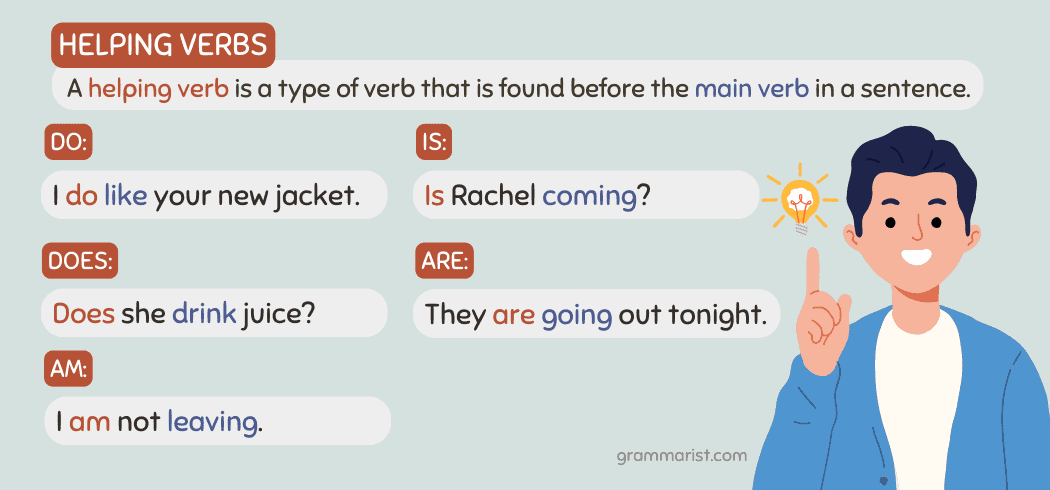Understanding the Hazard Class of Automotive Batteries: Safety, Compliance, and Best Practices
Introduction
Automotive batteries are essential for modern vehicles, but their chemical makeup means they are not just ordinary products-they are regulated as hazardous materials under federal and international transportation rules. Understanding their hazard class is critical for manufacturers, shippers, mechanics, and consumers alike. Proper classification ensures safe handling, storage, transport, and disposal, protecting people and the environment. This article explains how automotive batteries are classified, why the distinction matters, and what you should do to comply with legal and safety requirements.
How Are Automotive Batteries Classified as Hazardous Materials?
The United States Department of Transportation (DOT) and comparable international agencies classify hazardous materials into nine classes. Automotive batteries fall under different hazard classes depending on their chemistry. The most common types are:
- Lead-acid batteries (found in most gasoline and diesel vehicles)
- Lithium-ion batteries (used in many hybrid and electric vehicles)
The classification of these batteries is determined by their chemical composition and the risks they pose during handling, storage, and transit.
Class 8: Corrosive Substances
Lead-acid batteries are classified as Hazard Class 8 – Corrosive Substances because they contain sulfuric acid, a highly corrosive material that can cause severe burns, environmental damage, and rapid corrosion of metals. If a lead-acid battery leaks or is mishandled, the sulfuric acid can pose significant health and safety risks. Federal regulations require that these batteries be packaged, labeled, and transported under strict guidelines to minimize potential harm [1] [2] [4] .

Source: swatkhan.com
Class 9: Miscellaneous Dangerous Goods
Lithium-ion batteries (and some nickel-metal hydride or NiMH batteries) are classified as Hazard Class 9 – Miscellaneous Dangerous Goods . While they do not fit neatly into the first eight classes, lithium batteries can cause fires or explosions if damaged, improperly packaged, or exposed to high temperatures. Their unique risks, particularly during air transport, require special regulatory attention, including limitations on quantity, packaging, and documentation [1] [2] .

Source: royaltyspeed.com
Why Correct Hazard Classification Matters
Correctly identifying and declaring the hazard class of an automotive battery is not just a legal box to tick-it ensures the safety of workers, emergency responders, and the general public. Misclassification can result in:
- Improper packaging or labeling, increasing the risk of leaks, fires, or environmental contamination
- Regulatory fines or shipment delays
- Increased insurance costs or denied claims if an incident occurs
- Unnecessary exposure to hazardous chemicals for handlers and bystanders
For example, a lead-acid battery shipped without proper Class 8 identification could leak acid during transit. This not only endangers the driver but can also cause extensive damage to other cargo and the vehicle. Similarly, an undetected lithium-ion battery fire in an aircraft cargo hold can have catastrophic consequences.
Determining the Hazard Class of Your Battery
To correctly classify an automotive battery, you should:
- Identify the battery chemistry: Check the label, manufacturer’s documentation, or consult the vehicle/service manual.
- Assess the battery condition: Damaged or leaking batteries may require additional handling or even a different classification [3] .
- Refer to DOT and international regulations: The DOT’s Hazardous Materials Regulations (HMR) and the United Nations Recommendations on the Transport of Dangerous Goods provide the official classification guidelines. Search for “DOT Hazardous Materials Regulations” or “UN Model Regulations battery classification” on the respective agency websites.
- Consult your carrier or freight forwarder: Reputable logistics providers can help you comply with current rules and prepare the correct shipping documents.
If you are uncertain about your battery’s classification, you can contact the U.S. DOT Hazardous Materials Information Center or your battery manufacturer for guidance. Many industry associations also provide resources for safe battery handling and shipping.
Safe Handling and Transport of Automotive Batteries
Once you have identified the correct hazard class, follow these steps for compliant and safe handling:
- Use appropriate packaging: Lead-acid batteries require acid-resistant, leakproof containers. Lithium-ion batteries must be packaged to prevent short circuits and movement during transit.
- Label and mark packages: Clearly display the proper hazard class, UN number, and handling instructions as per regulatory requirements. For example, Class 8 packages will display a corrosive symbol, while Class 9 packages display a miscellaneous hazard label.
- Prepare documentation: Shipping papers must accurately describe the contents, including proper shipping name, hazard class, and emergency contact information.
- Train personnel: Anyone involved in packaging, handling, or transporting hazardous materials must receive training on regulations and emergency procedures.
- Plan for emergencies: Have spill kits, personal protective equipment (PPE), and emergency contacts readily accessible in case of leaks or accidents.
For up-to-date resources, you can search for “DOT hazardous materials training” or consult your company’s environmental health and safety (EHS) office.
Alternative Battery Types and Their Classifications
While lead-acid and lithium-ion batteries are most common in passenger vehicles, alternative chemistries exist, each with their own hazards:
- Nickel-cadmium (NiCd) batteries: Often classified as Class 8 due to their corrosive electrolyte.
- Absorbent glass mat (AGM) batteries: Considered a subtype of lead-acid and fall under Class 8 [1] .
- Valve-regulated lead-acid (VRLA) batteries: Another lead-acid variant, still Class 8 but with design features to minimize spills.
Always verify your specific battery type and refer to the latest DOT or international regulations before shipping or disposal.
Disposal, Recycling, and Environmental Considerations
Automotive batteries are not just hazardous during transport-they also require careful disposal and recycling. Lead and acid in lead-acid batteries are toxic to humans and wildlife, while lithium batteries can ignite if punctured or exposed to water. Many states prohibit disposing of automotive batteries in regular trash. Instead, you can:
- Return old batteries to auto parts stores or vehicle service centers that accept used batteries for recycling
- Contact your local solid waste authority for a list of approved battery recycling facilities
- Search for “automotive battery recycling” along with your city or county to find collection events or drop-off locations
Proper recycling not only protects the environment but also ensures compliance with hazardous waste laws. Some states offer deposits or rebates for returning used batteries.
Practical Next Steps and Compliance Guidance
If you handle, ship, or dispose of automotive batteries, here are step-by-step actions you can take:
- Identify your battery’s chemistry and hazard class using manufacturer documentation or professional help.
- Review current DOT and EPA regulations for storage, packaging, labeling, and transport requirements.
- Train your staff in hazardous material handling and emergency response procedures.
- Establish relationships with licensed recycling centers or hazardous waste haulers for responsible disposal.
- For further clarity, contact the U.S. DOT Hazardous Materials Information Center or your local environmental agency. You can find contact details by searching “DOT Hazardous Materials Information Center” or visiting the U.S. Department of Transportation’s official website.
By following these steps, you can ensure both compliance with legal requirements and the safety of your employees and community.
Conclusion
Automotive batteries are classified as hazardous materials due to their chemical contents, with most traditional batteries falling under Hazard Class 8 (Corrosive Substances) and lithium-ion batteries under Hazard Class 9 (Miscellaneous Dangerous Goods) . Accurate classification is essential for legal compliance, workplace safety, and environmental protection. When in doubt, consult official agencies or trained professionals, and prioritize best practices in handling, transporting, and recycling your automotive batteries.
References
- [1] LAX Freight (2024). Automotive Batteries are an Example of Which Hazard Class.
- [2] FreightRun (2023). What Hazard Class are Automotive Batteries.
- [3] Batteries Inc. (2023). Hazardous Materials Classification for Batteries.
- [4] Royalty Speed (2022). Automotive Batteries Are in Which Hazard Class?



